1,577 days, 2,409 entries ...
Newsticker, link list, time machine: HOLO.mg/stream logs emerging trajectories in art, science, technology, and culture––every day
“I wasn’t creating work that was about technology or about the internet or about computers, but about the humans using the computers, myself using computers, my body in front of the computer.”
“I’d build one-of-a-kind VR headsets into big masks from different cultures, sometimes adding lightning bolts and feathers. I wanted the headsets to be vibrant, exciting objects that enriched the real world, too.”
With “My Veins Are the Wires, My Body Is Your Keyboard,” New York’s Museum of the Moving Image (MoMI) opens the first major survey of pioneering net artist and sculptor Auriea Harvey. Featuring more than 40 works spanning early net-based interactives, videogames (created with Michaël Samyn under the Tale of Tales moniker), mixed media and AR sculptures, curator Regina Harsanyi celebrates Harvey’s capacity to “reflect the paradoxical power of computers to enable intimacy” over nearly four decades.
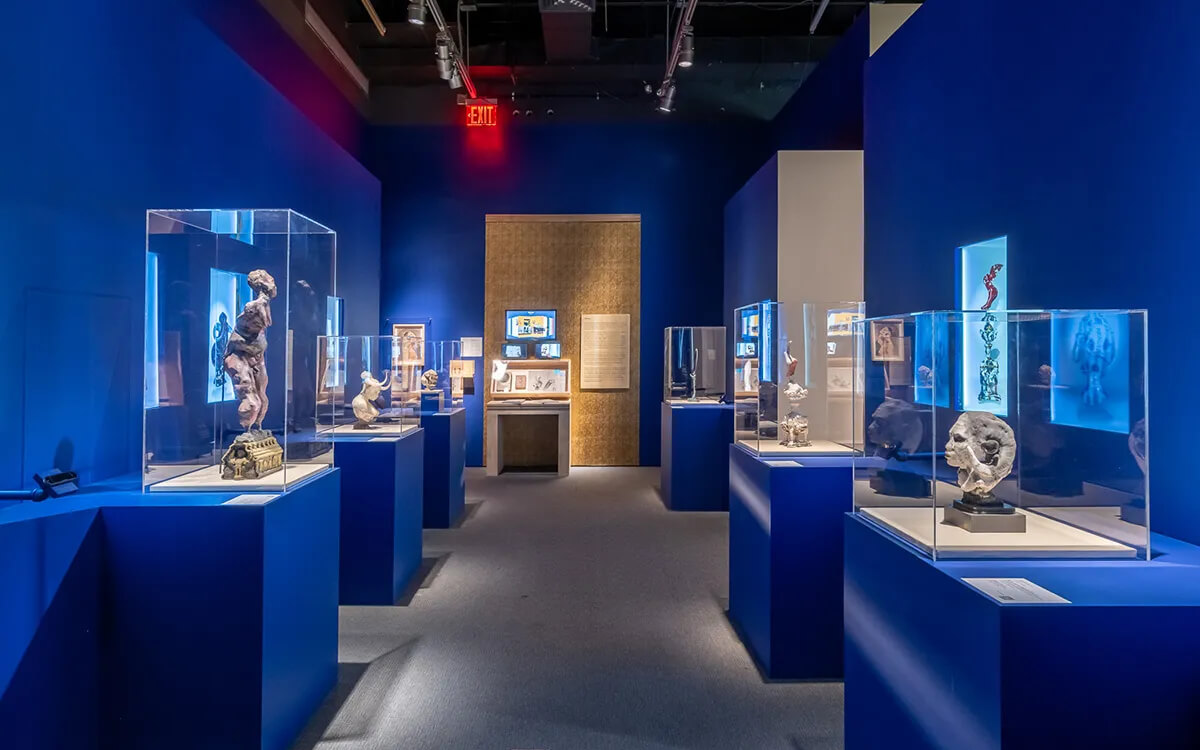
LaTurbo Avedon’s “Trust Your Technolust” opens at panke.gallery, marking the avatar artist’s first solo exhibition in Berlin. Examining “the wavering promises of virtual worlds” through AR sculptures and projection, Avedon presents past and present works from Club Rothko (2012-), a “virtual nightclub rendered at the end of the metaverse.” Meanwhile, IRL clubbers get to exlore Avedon’s site-specific AR sculpture Sky Queue (2024) while waiting outside of Berlin’s Tresor.
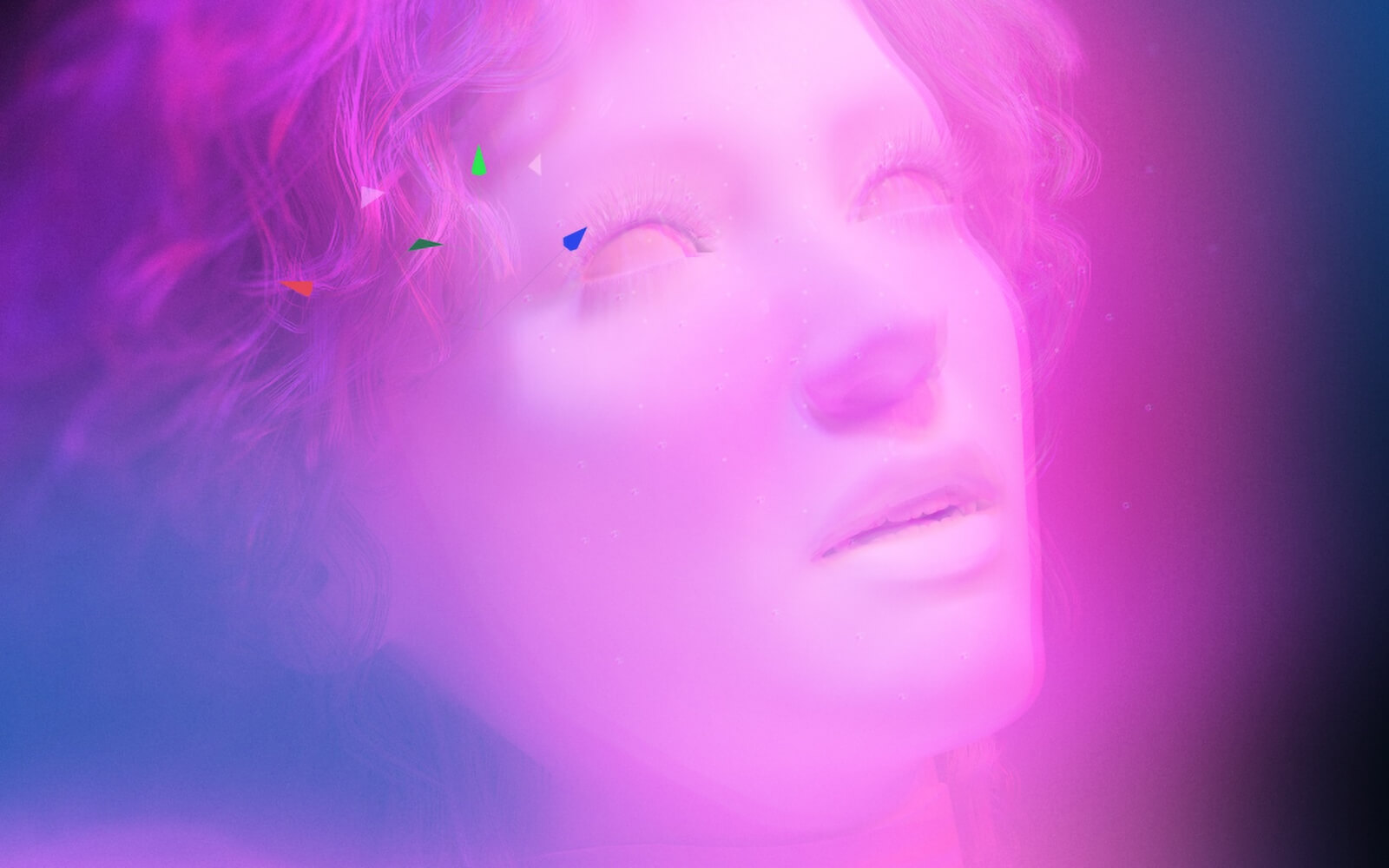
The “Unleashed” edition of panke.gallery’s recent AR group exhibition, “Animal()City,” pops up at the 37th Chaos Communication Congress (37c3) in Hamburg (DE), releasing CGI creatures by Joachim Blank (image: The restless lion/ess, 2023), Eva Davidova, Meredith Drum, exonemo, Jonas Lund, Sahej Rahal, and Ingeborg Wie Henriksen. The show, curated by panke’s Sakrowski, draws inspiration from the ghostly presence of urban critters that, like people being siloed by online platforms and AI, seem to live in parallel worlds.
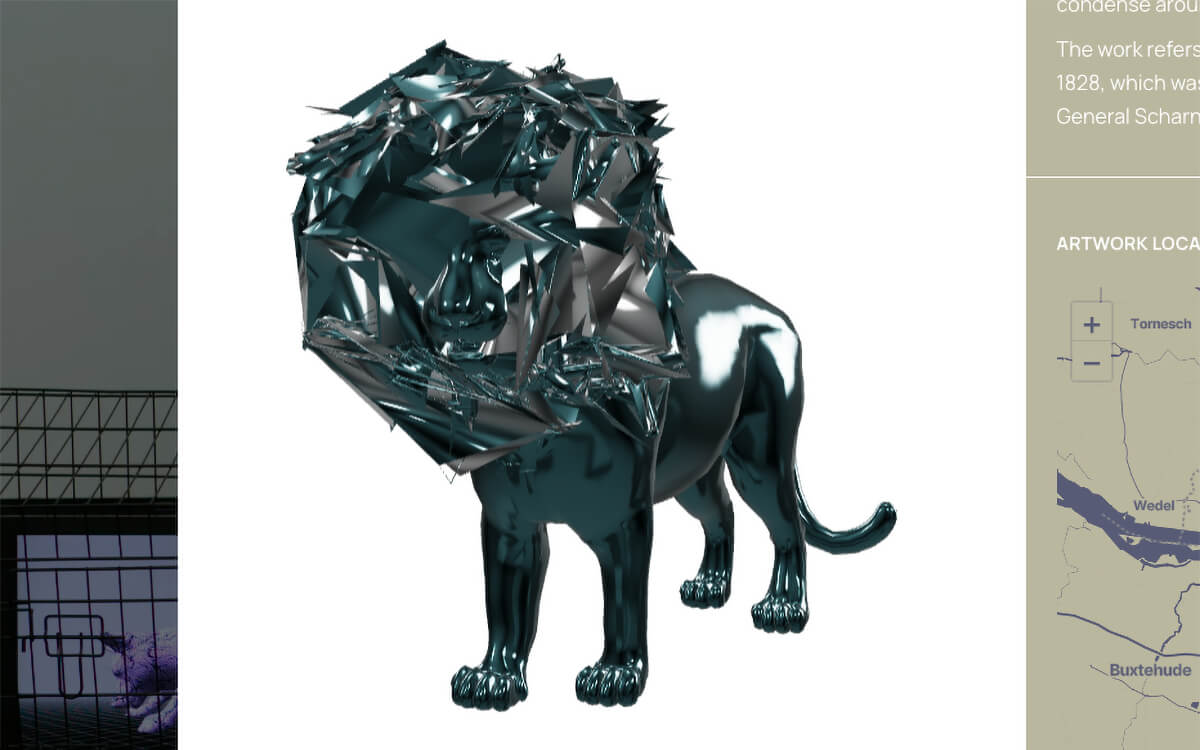
Martina Menegon’s interactive self-portrait I’m sorry I made you feel that way (2023) opens at discotec, Vienna, exploring new forms of care for our hybrid selves. Menegon’s blobby CGI avatar, generated with AI and personal biometric data, will show signs of deterioration the more the artist’s physical needs are neglected. When stressed, for example, the virtual portrait will refuse interaction and, eventually, dissolve into glitched abstraction. An AR extension adds a sculptural layer, spilling Menegon’s failing frame into the gallery.
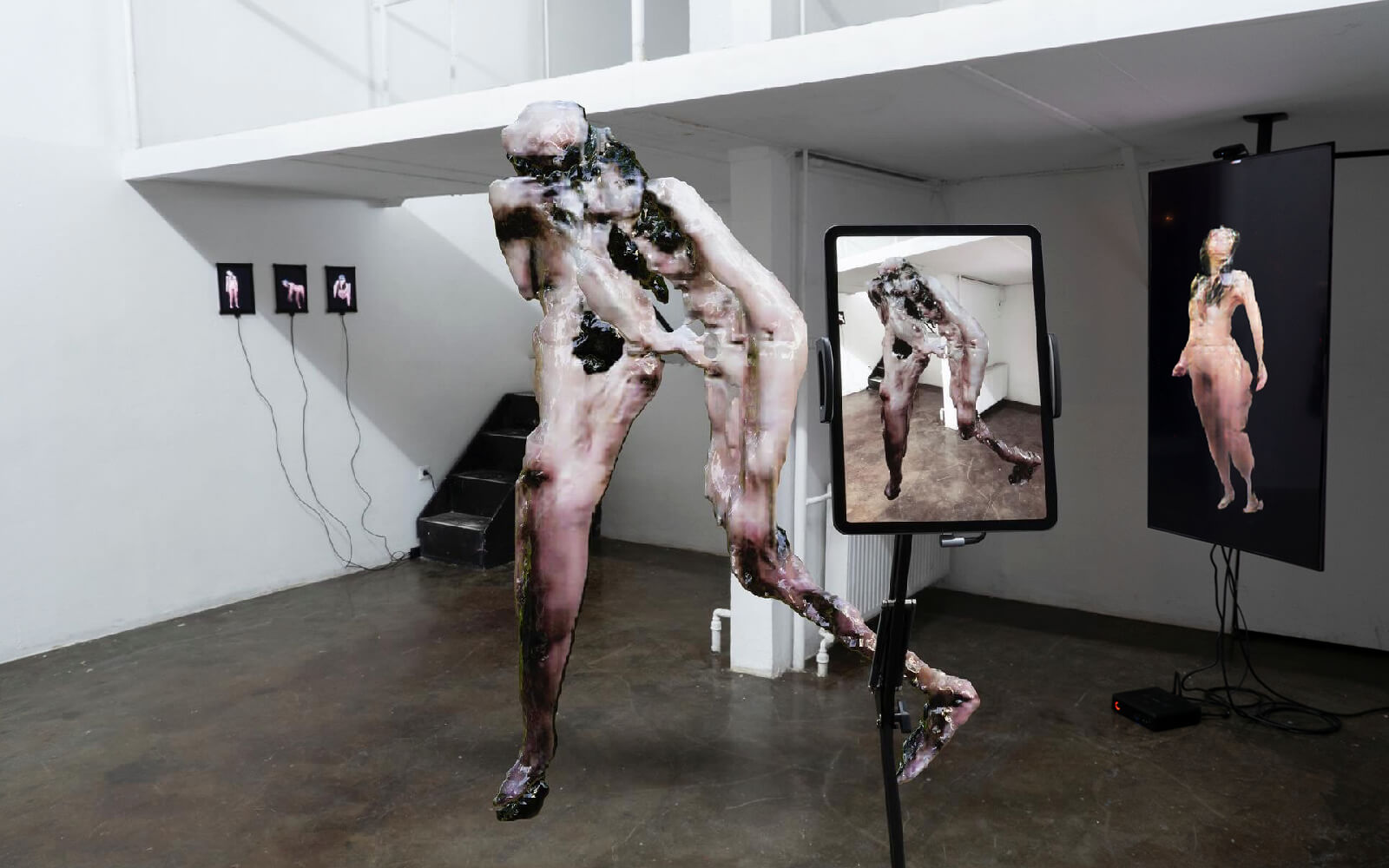
Ismael de Anda III and Eugene Ahn’s collaborative exhibition “Revolution Generators” opens at panke.gallery, Berlin, investigating territorialization at the U.S. and Mexican border, where Anda was raised, and the once divided German capital. 25 digital collages, printed on aluminium, capture real and fictional landscapes and are paired with projections and AR sculptural forms. A recurring motif are (hostile) metal turnstiles lifted from U.S. border crossings and cast into the sky as colourful satellites.
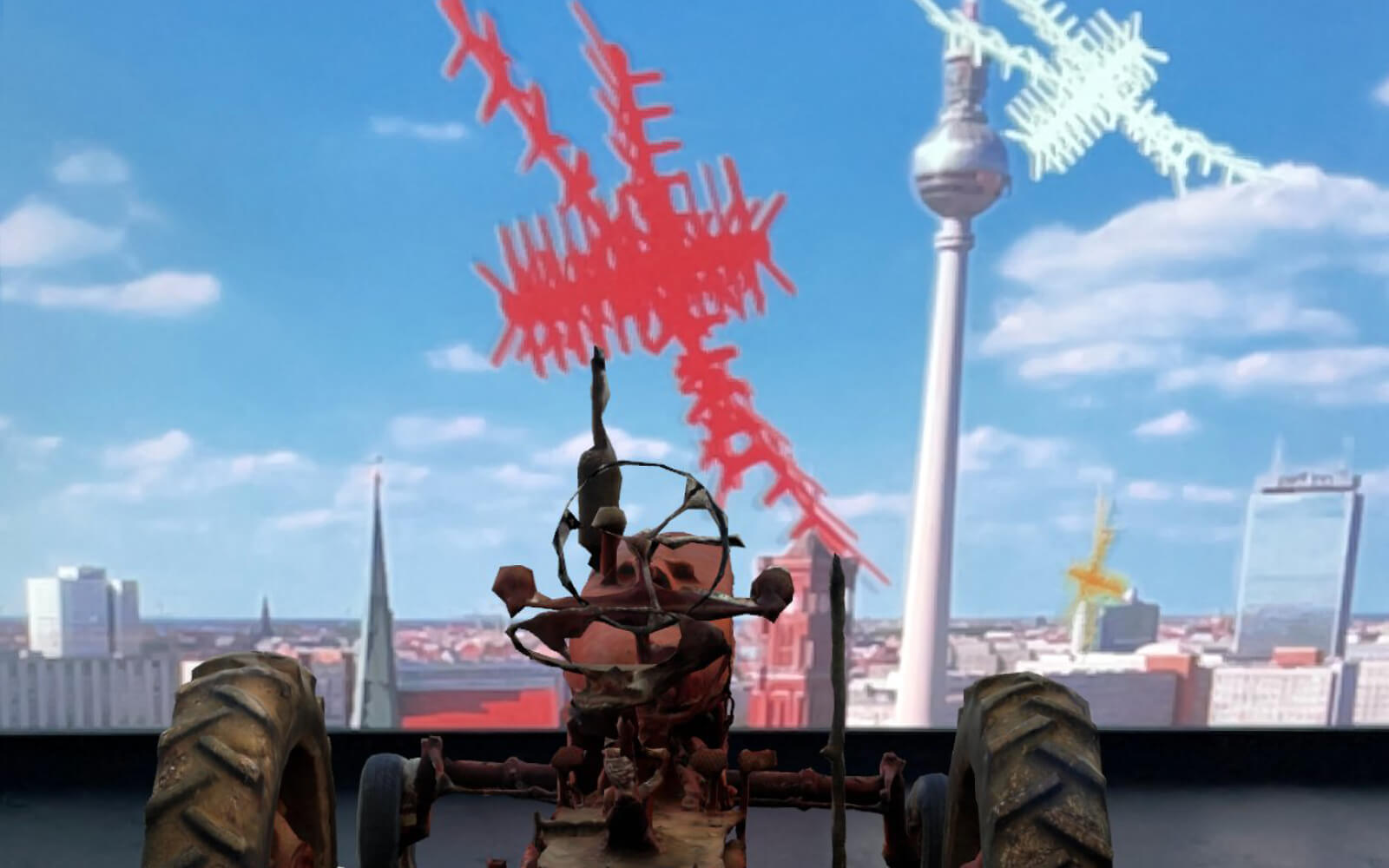
“The physical still has power. Let’s at least get the power of digital in our own hands, for us to be able to tell that story, rather than leave it up to museums to start representing things digitally, and then own that narrative.”
Curated by Mitra Fakhrashrafi, “shadow work,” the flagship exhibition of the 11th edition of Vector Festival, opens in Toronto. Artists including Imogen Clendinning, Allan Pichardo, and Swarm contribute works probing tensions between rigid classification and lived experience. In Portals, Not Homes (2023, image), for example, Zoe Osborne and the Tamil Archive Project (Krish Dineshkumar, Nithursan Elamuhilan, Vasuki Shanmuganathan) turn childhood memories of shopping for imported goods into an immersive experience.
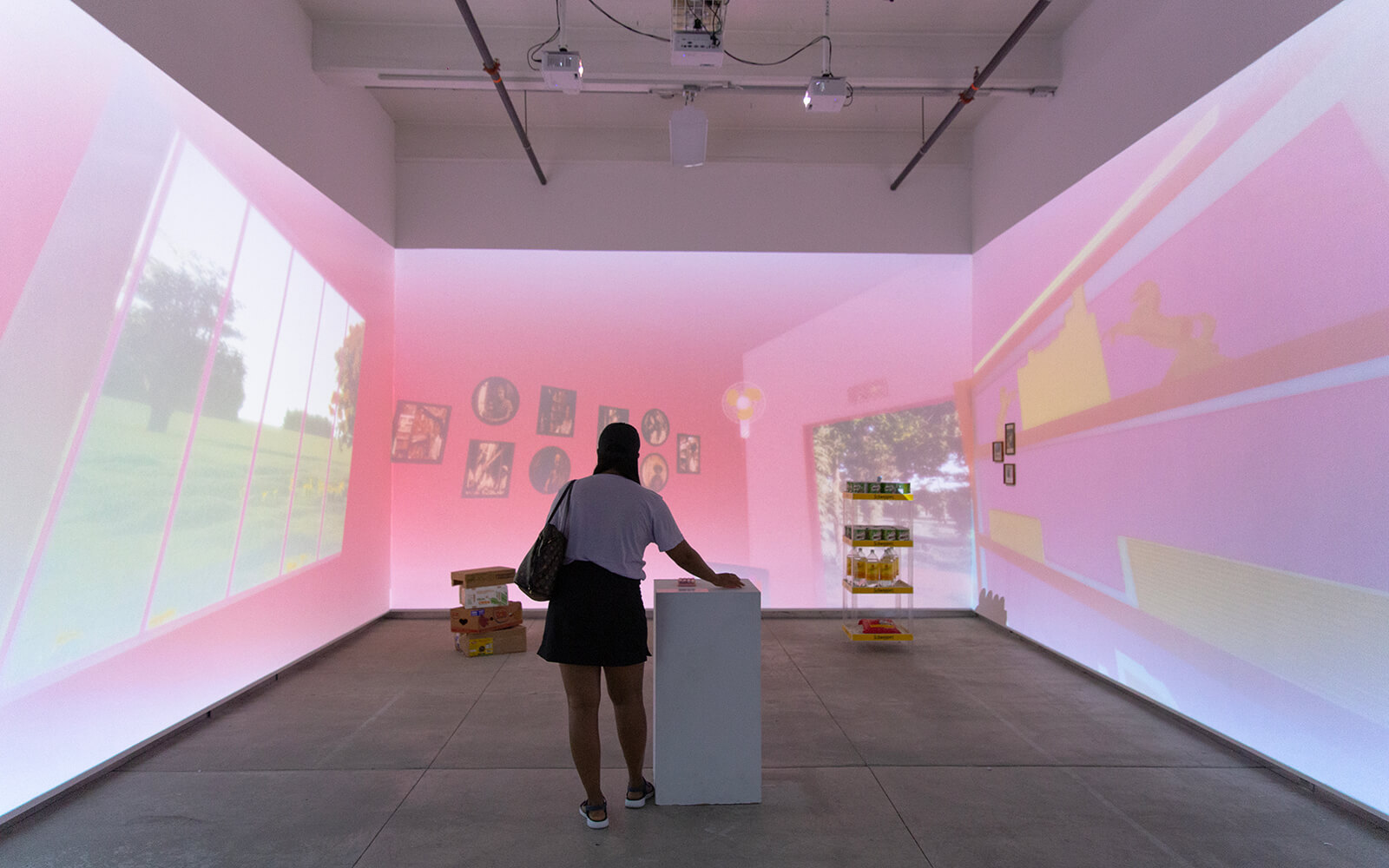
New York City’s (now nomadic) Postmasters Gallery premieres Damjanski’s Napster (2023) at the artisanal bed and mattress showroom Charles P. Rogers. The venue is appropriate: The iPhone app scans the environment for comfy nap locations by placing a 3D model of Damjanski sleeping. Seeding AR snoozes is on brand for the Yugoslavian prankster and self-described ‘artist living in a browser:’ His 2019 app Bye Bye Camera erased people from photos, heralding the post-human era of AI.
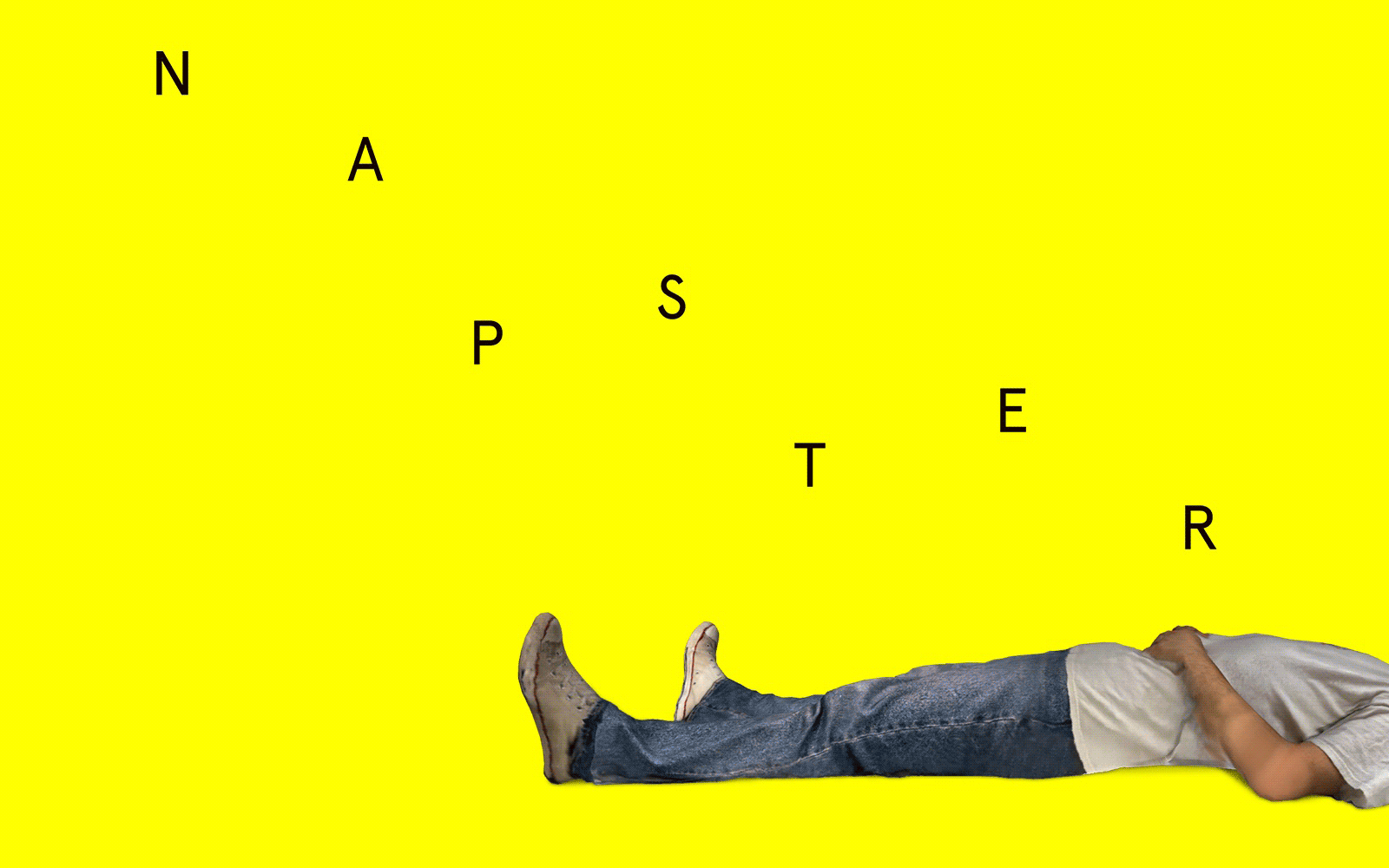
“If Apple’s vision wins out, the fear is that we’ll all sink into our cyberpunk home theater goggles, consuming content as the world burns.”
“Introducing iPhone, on your face,” quips ‘Famous New Media Artist’ Jeremy Bailey about the reveal of Apple’s Vision Pro. Bailey anticipated the company’s mixed-reality goggles after coming across a 2015 patent (image), while patenting (whimsical) AR interfaces of his own. “Current AR and VR patents,” Bailey wrote in 2016, “are hilariously broad and forecast a future where culture itself belongs to the world’s largest tech companies.” The new Apple face computer still gets a thumbs-up (“this is incredible”).
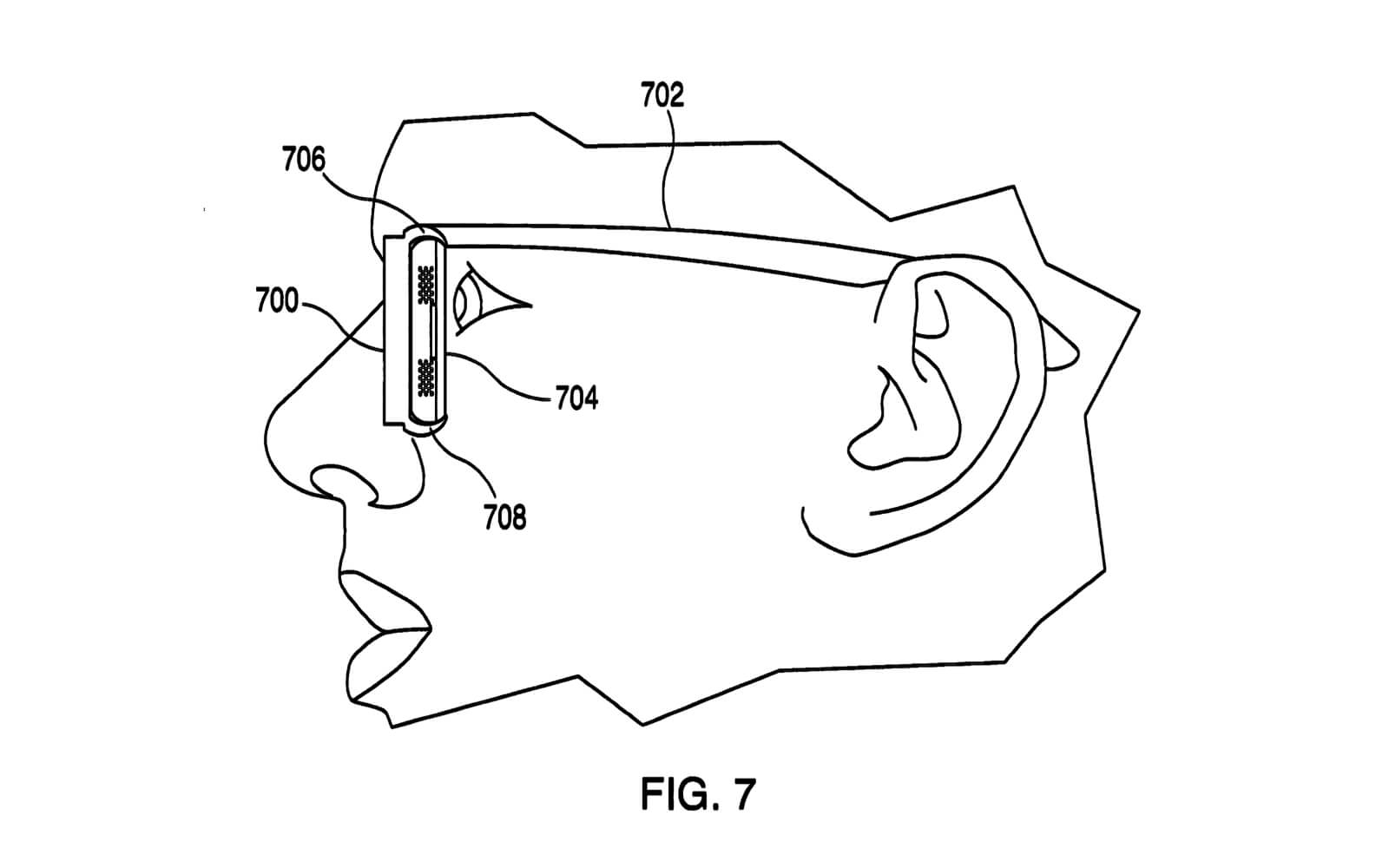
“We may one day possess tools that keep us plugged in all the time, yet trick us into believing we’re not. The beauty of these ugly goggles is that they show what’s really going on.”
Carla Gannis’ solo exhibition “wwwunderkammer” opens at the Halsey Institute of Contemporary Art (HICA) in Charleston (US), aiming to decolonize the wunderkammer and, by extension, the museum. A real-world manifestation of her ongoing social VR project (2019–), the show invites visitors to explore a series of ‘chambers,’ each focusing on a different aspect of life in the internet age. In line with the American transmedia artist’s penchant for illusionism, the gallery uses AR to obfuscate what’s real and what’s not.
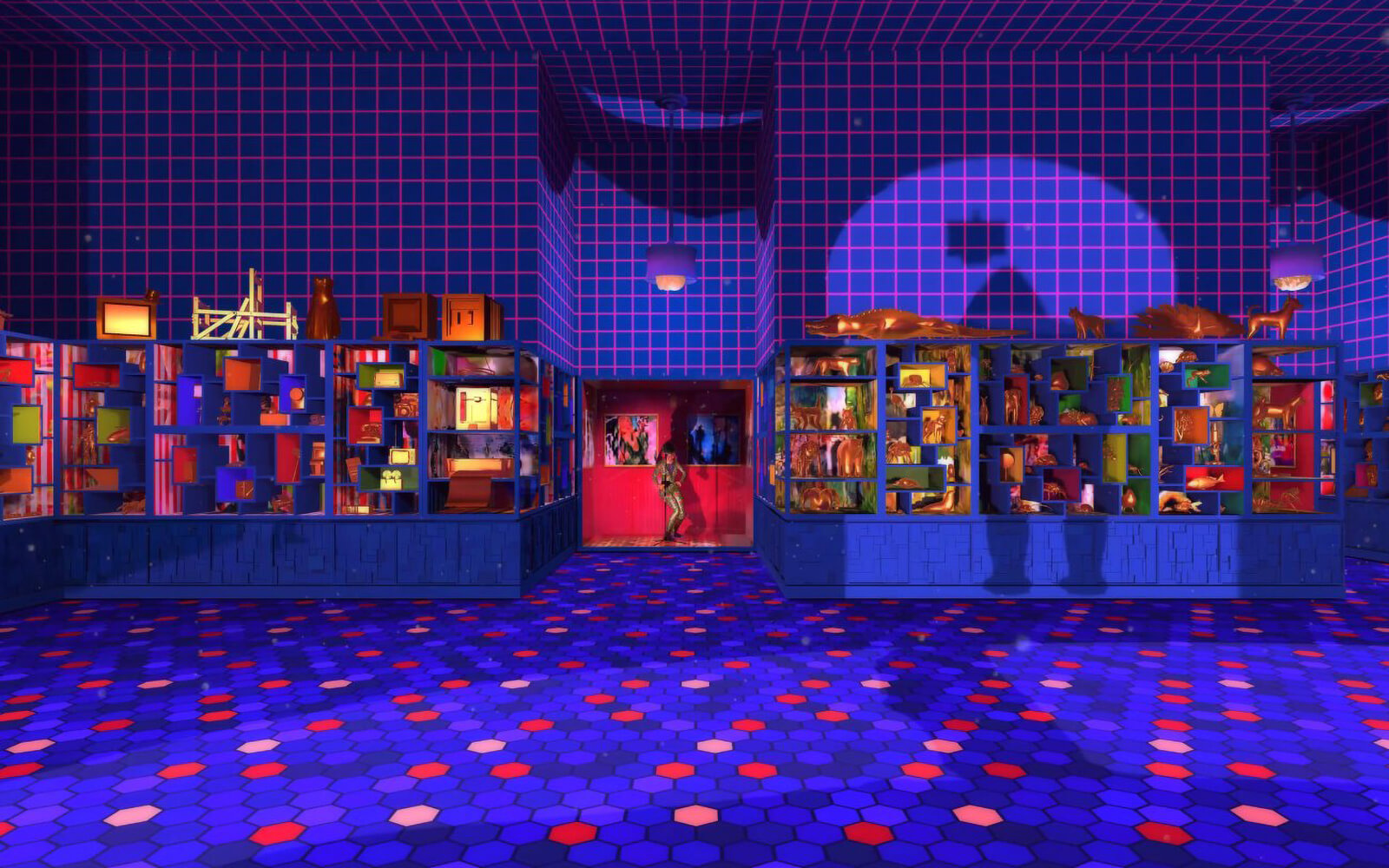
Copenhagen Contemporary opens “Yet, It Moves!,” a city-wide exhibition of art-science encounters that explore the universe’s only constant: movement. Eleven artists including Cecilia Bengolea, Ryoji Ikeda, Black Quantum Futurism, Jakob Kudsk Steensen (image: Tongues of Verglas, 2023), and Jenna Sutela worked with leading researchers through Arts at CERN, ModLab, DARK, and the IMC to express phenomena like black holes, star formation, and gravitational waves as 3D animations, VR, AR, sound, and immersive installations.
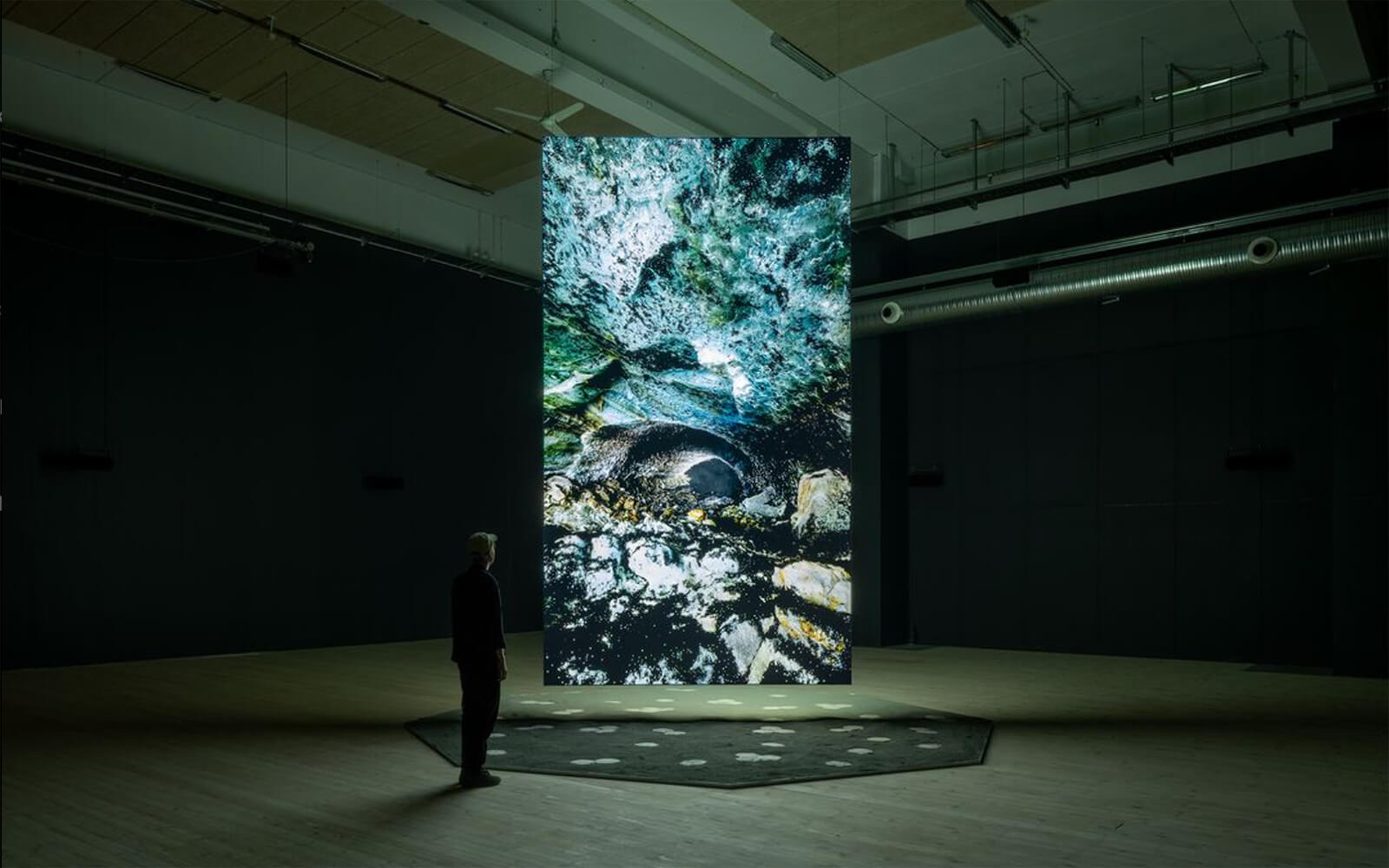
Christiane Paul
Digital Art (World of Art)
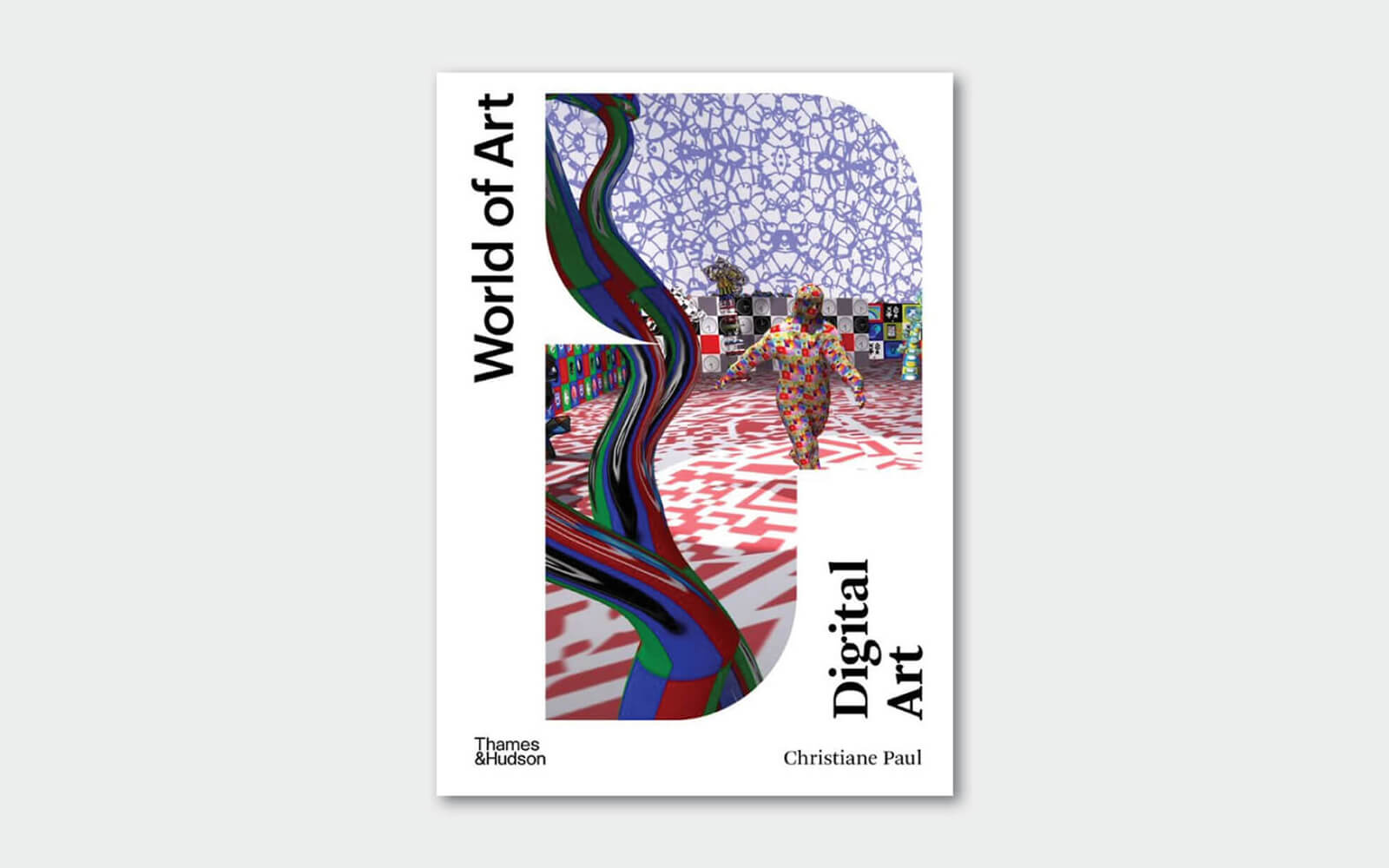
“Refigured,” a group exhibition that collapses “today’s material and virtual realms,” opens at the Whitney Museum of American Art in New York City. Curator Christiane Paul brings together Morehshin Allahyari, American Artist, Zach Blas & Jemima Wyman, Auriea Harvey (image: SITE1, 2023), and Rachel Rossin—artists engaged in “refiguring” material forms and bodies—to showcase sculptures that are “simultaneously physical and virtual,” and videos and animations that “extend beyond the screen and into the gallery.”
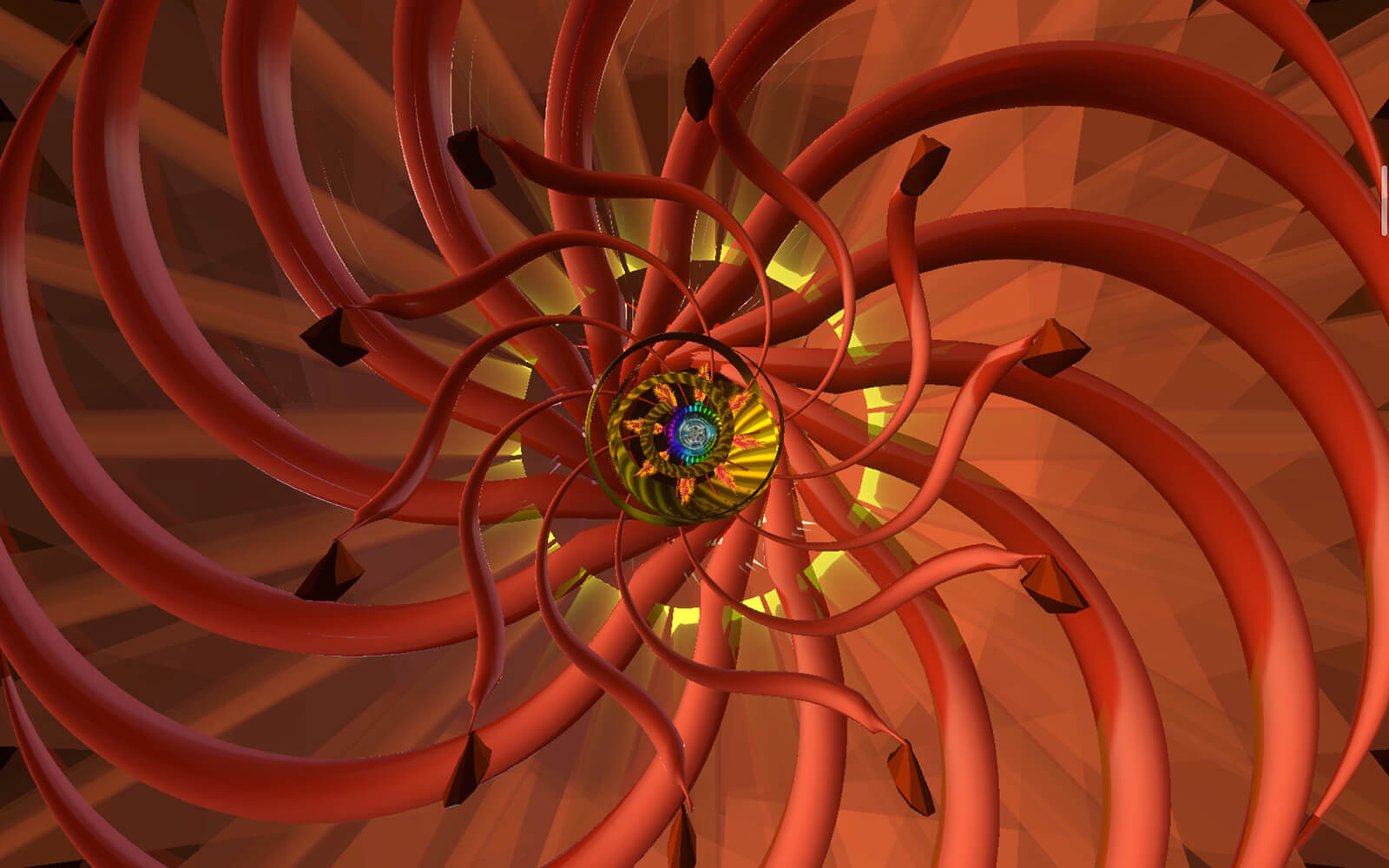
“The future’s gonna be weirder than anyone can imagine,” Turkish AI artist Memo Akten writes about the effect TikTok’s newly released Teenage Filter has on people. “It makes you look young,” he demonstrates in an uncanny reaction video, “and now TikTok is full of middle-aged folks trying come to terms with this, trying to understand where their life went.” Facing your younger self can be “quite emotional,” says Akten and provides dozens of examples in a (now viral) Twitter thread.
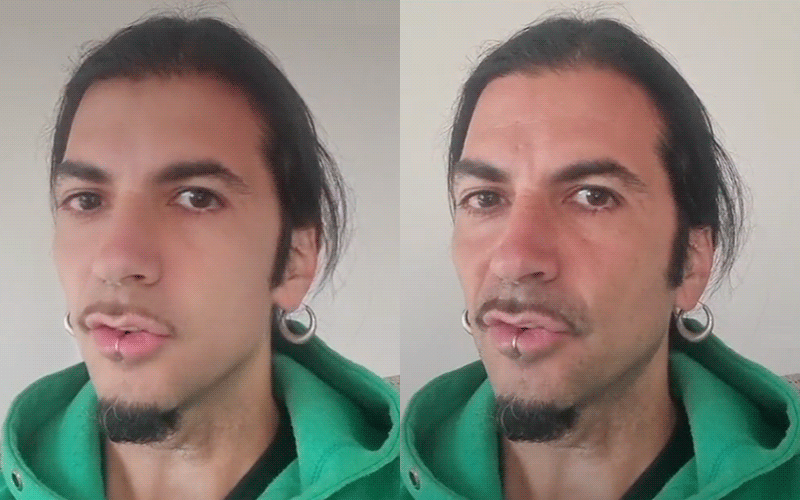
After its recent site-specific debut at Tieranatomisches Theater, Berlin, the online component of Rachel Rossin’s transmedia narrative THE MAW OF (2022) launches on Artport, the Whitney Museum’s portal for internet art. Co-commissioned by Berlin’s KW Institute, the Web and AR experience follows a ghostly female figure navigating a landscape of cyborgian codes and prosthetic symbolism that is directly inspired by Rossin’s research into brain-computer interfaces.
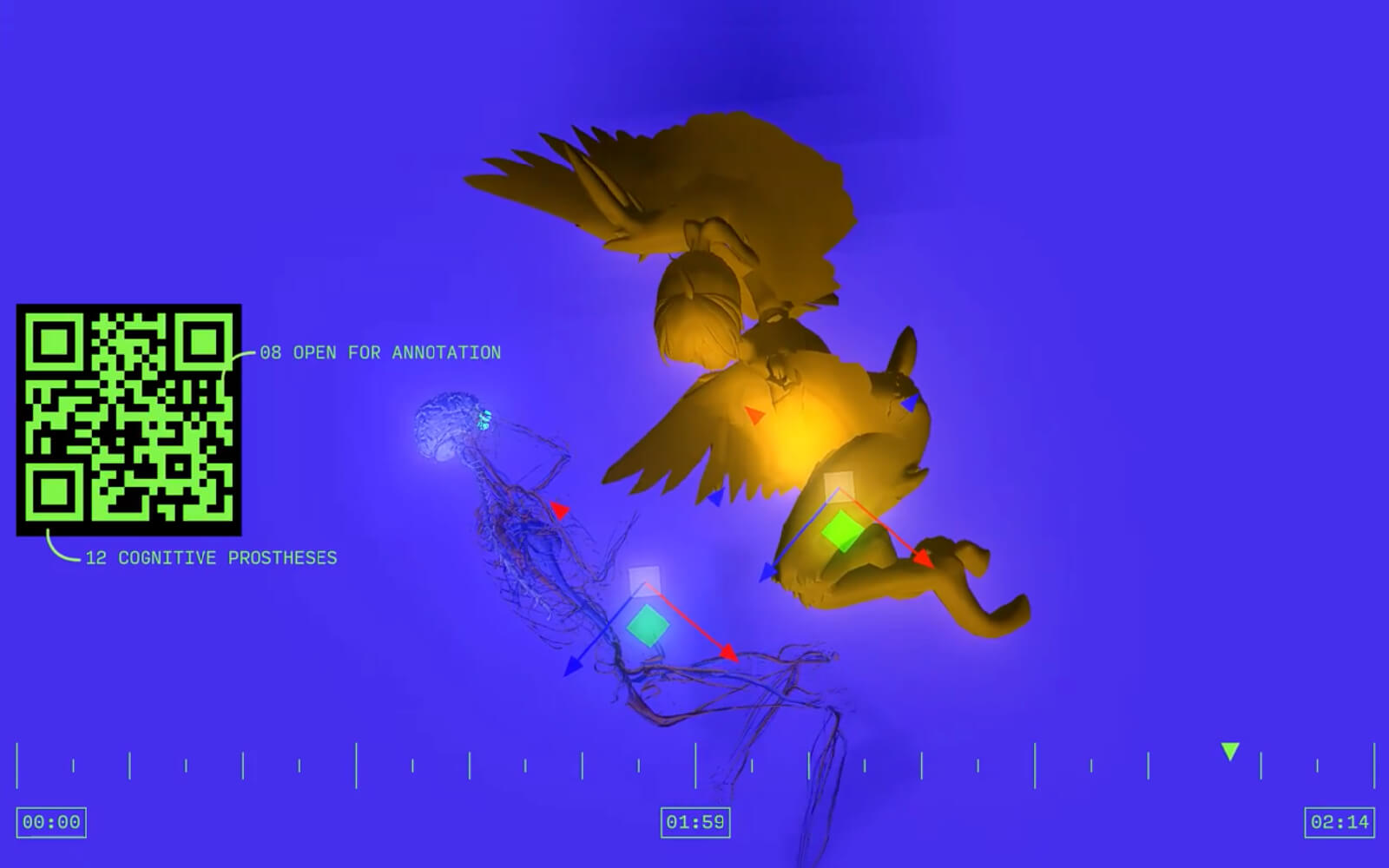
Daily discoveries at the nexus of art, science, technology, and culture: Get full access by becoming a HOLO Reader!
- Perspective: research, long-form analysis, and critical commentary
- Encounters: in-depth artist profiles and studio visits of pioneers and key innovators
- Stream: a timeline and news archive with 1,200+ entries and counting
- Edition: HOLO’s annual collector’s edition that captures the calendar year in print
